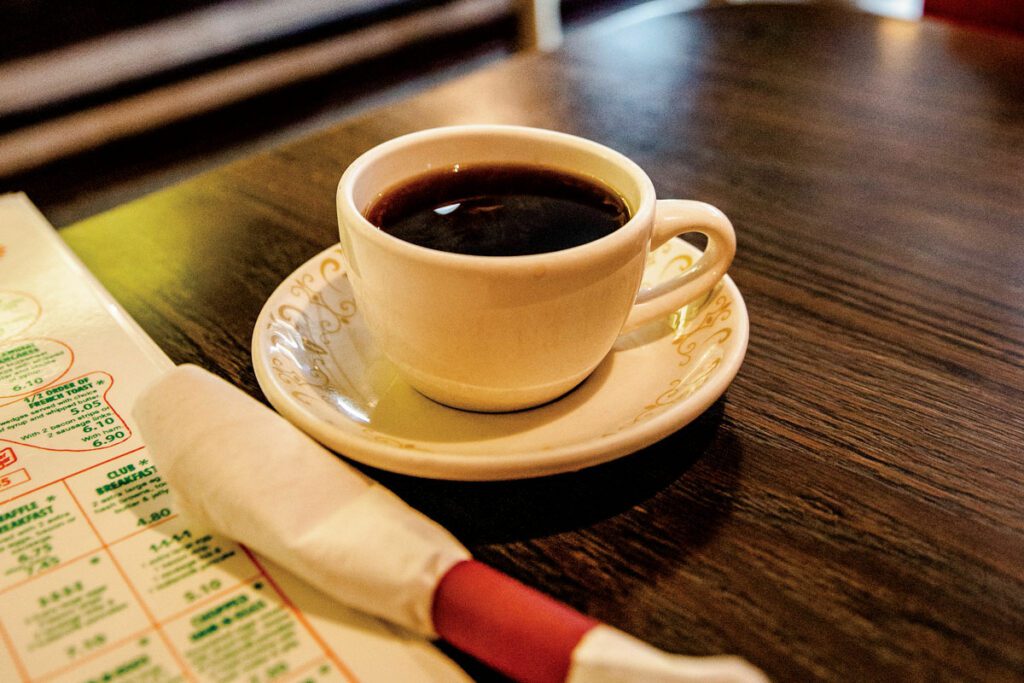For avid coffee enthusiasts, the quest for the perfect cup is an ongoing journey, filled with delightful discoveries and occasional disappointments. While popular coffee chains offer a consistent flavor, ordering coffee at a diner can be a roll of the dice, leaving you uncertain if the brew will be satisfying or lackluster. Among the myriad of coffee experiences, the taste of coffee at an average diner often stands out as peculiar, evoking a range of sensations from smokey bitterness to a faintly weird aftertaste.
In this exploration of diner coffee, we unravel the reasons behind its distinctive flavor and uncover the elements that contribute to this unique coffee experience. From the choice of coffee beans to the roasting process and brewing techniques, we delve into the factors that shape the taste of diner coffee and provide insights into why it may not always meet the discerning coffee lover’s expectations.
The Perfect Storm of Weakness and Over-Roasting:
Diners, the epitome of convenience and comfort, cater to diverse clientele with their doors open for long hours, and in some cases, even overnight. This extended availability often leads to coffee sitting on a burner for prolonged periods, resulting in a brew that tastes lackluster and day-old. The combination of overroasted coffee grounds and a weak coffee-to-water ratio in the brewing process compounds the issue, further detracting from the coffee’s flavor profile.
Also Read: 13 Essential Tips for Brewing the Perfect Cup of Coffee
To meet the demands of a bustling diner, roasters may opt for cheaper robusta beans over the superior arabica beans. Robusta beans contain double the caffeine but come with a harsher taste. Unfortunately, as these beans are subjected to high roasting temperatures, they lose their caffeine potency and take on a burnt, bitter taste. Consequently, the weak coffee’s smokey bitterness emerges, leaving a lingering aftertaste.

Sacrificing Quality for Convenience:
Diners, catering to a diverse crowd seeking a quick and affordable meal, often prioritize convenience over premium coffee quality. Since they don’t invest in high-quality beans from reputable roasters, the coffee lacks the depth and richness that discerning coffee enthusiasts crave. Instead, the focus is on brewing coffee quickly and uniformly, leading to the use of higher roasting temperatures to expedite the process.
Unfortunately, roasting beans at temperatures exceeding 465 degrees negatively affects the coffee’s flavor, sacrificing taste for efficiency. As a result, the burnt and bitter notes become pervasive, defining the familiar but peculiar taste of diner coffee.
Also Read: Unleashing Flavor: Mastering Keurig Coffee with Innovative Hacks
The Nostalgia Factor:
Despite the unconventional taste, diner coffee holds a special place in the hearts of many customers. The peculiar flavor becomes synonymous with nostalgic memories and comfort. Over time, people have grown accustomed to this distinct coffee experience, cherishing it as a part of their diner outings and embracing the quirks of the brew as part of the overall dining experience.
In the realm of coffee exploration, diner coffee stands as an enigma, offering a peculiar flavor profile that may not always align with the preferences of discerning coffee aficionados. The combination of weaker brews, overroasted beans, and a focus on convenience over quality contributes to the unique taste that defines diner coffee. Despite its peculiarities, diner coffee holds a special place in the hearts of many, evoking nostalgia and serving as a cup of comfort. As coffee enthusiasts, we appreciate the diversity of coffee experiences, recognizing that each sip tells a story of tradition, convenience, and the joy of shared moments in the cozy embrace of a beloved diner.
Also Read: When does Sonic Serve Lunch?




